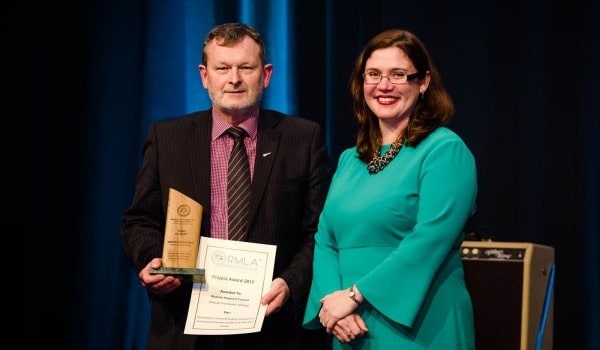Waikato Regional Council news

Waikato Regional Council’s leadership in the water policy development space has been recognised with a top award from the Resource Management Law Association (RMLA).
The award was for the Let’s Talk Water community discussion and the leading edge freshwater strategy which flowed from it.
The association makes awards for projects which make a significant contribution to the development of best practice and the implementation of the Resource Management Act’s purpose and principles.
The citation for the council’s prize in the project award category, handed out at the weekend, said it was “for developing a forward looking approach to resolving freshwater quality and allocation issues”.
“While the allocation and quality of water has become an issue of national interest, the discussion has lacked in detail and possible solutions. Thus there has been a huge interest in this freshwater strategy work since it was completed, including from policy and law people at the weekend RMLA conference,” said council chair Alan Livingston.
“It’s great the see the council’s leadership in the water quality and allocation space being recognised nationally. The region is well served by the council’s policy team which is searching for innovative solutions to the issues we face.”
The Let’s Talk Water discussion culminated in the adoption of the fresh water strategy in June this year. The strategy, which followed extensive consultation with iwi and regional stakeholders, has developed a long term view of the issues involved and suggests a range of new policy tools and instruments to better manage water.
Examples of problems the strategy is designed to address include:
- Water take allocation limits are being hit in places. For example, major rivers – the Waikato and the Piako – are now effectively classed as fully allocated for water take purposes. Applications for surface water from the Waikato catchment now exceed what’s available during the summer months of November to April. The Piako is actually over-allocated. But there’s less pressure in other areas.
- Bacteria levels exceed safe swimming standards at many freshwater sites around the region.
The strategy provided an integrated foundation to develop a new set of water management tools to address such problems, Mr Livingston said. “We expect it to be a catalyst for change at a regional level.
“By doing this work we are also better placed as a council and a region to engage in the national discussions about water allocation that New Zealand is having.”
